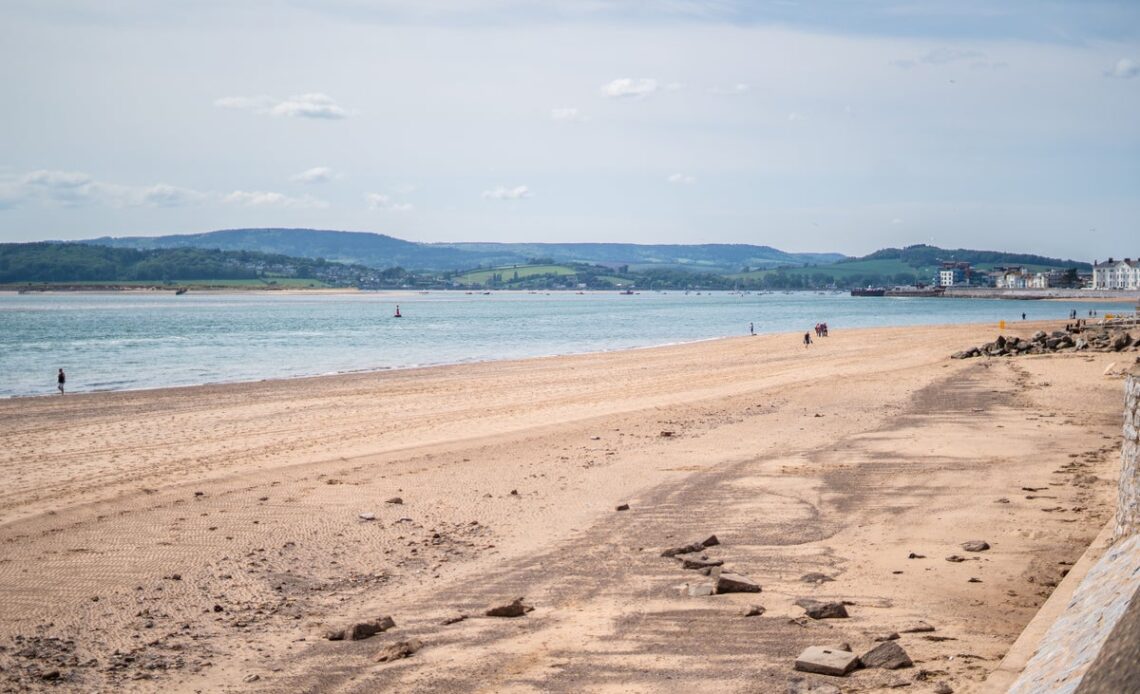I’m standing on ‘The Beacon’. Regency-era hotels rise up behind me; ahead, 19th-century pleasure gardens roll down towards golden sands. From my vantage point above the promenade, I can see almost two miles of beach stretching from the Exe Estuary eastwards towards the red, sandstone cliffs marking the start (or the end) of the Jurassic Coast.
This is Exmouth, a seaside town with a gilded past that wowed Victorian pleasure seekers with its supposed ‘healing’ sea waters and a climate to match the south of France. First recommended as a holiday destination by King George III’s personal physician in the 18th century, this south coast town is Devon’s original seaside resort.
In the 20th century, Exmouth was overtaken in popularity by its neighbours, including Devon destinations like Sidmouth and Salcombe, and the seafront was left to fade as visitors went elsewhere. But this town’s fortunes are reversing again – and now, with new restaurants, a beach bar, watersports centre and a new walking tour to its name, Exmouth is making a comeback.
Exmouth’s picturesque promenade
(Richard Collett)
As grand as it is, my attention isn’t being held by the seaside view in front of me. Rather, I’m avidly listening as Claire Martin, founder of Exmouth Tours, regales me with tales of the curious historical characters who fell in love with Exmouth during the heyday of its first tourism boom.
This unassuming street on the cliffs above the seafront promenade was once the most prestigious address in Devon, and rows of blue plaques name the famous people who lived, or visited, during the 18th and 19th centuries.
Lady Byron, a poet and the wife of Lord Byron, lived on this street; as did their daughter, Ada Lovelace, a mathematician who worked on the Analytical Engine, a machine considered to be the forerunner of computers.
Read more on UK travel:
The town’s colourful marina
(Richard Collett )
Lady Nelson, the estranged wife of Lord Nelson of Battle of Trafalgar fame, retired to Exmouth and is buried in a nearby church. The artist Francis Danby painted landscapes from the top of the cliffs, and Lord Moresby, who has the capital of Papua New Guinea named after him, also called The Beacon home when he wasn’t battling slave traders in the Indian Ocean.
The who’s who of the Georgian and then Victorian aristocracy visited…
Click Here to Read the Full Original Article at The Independent Travel…
